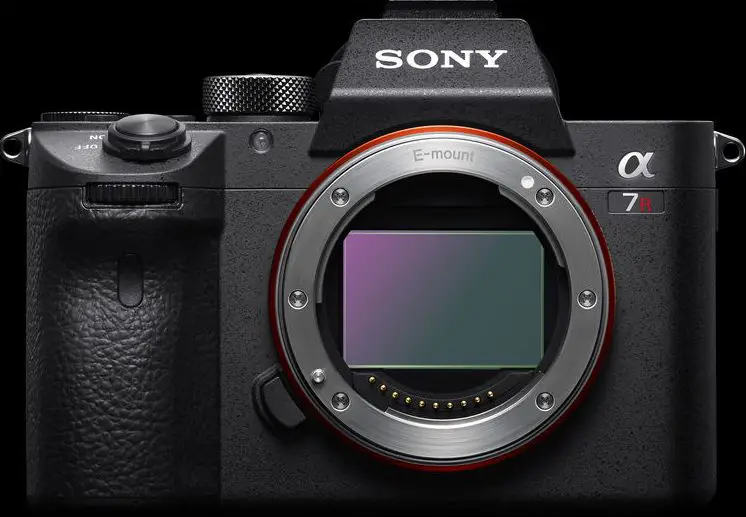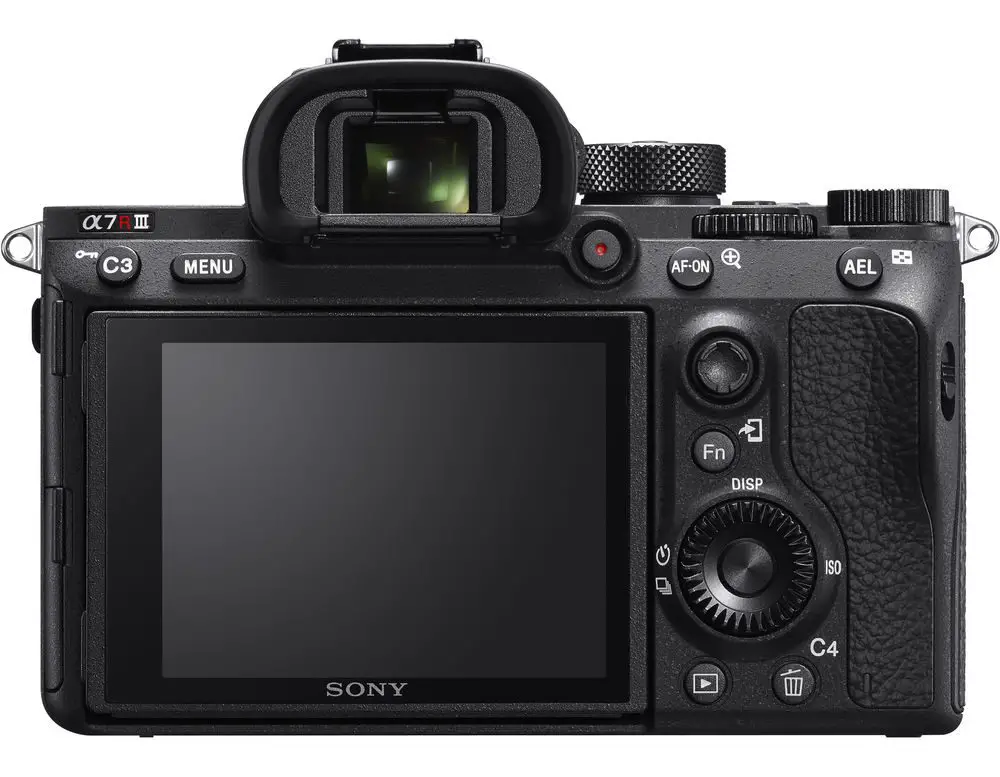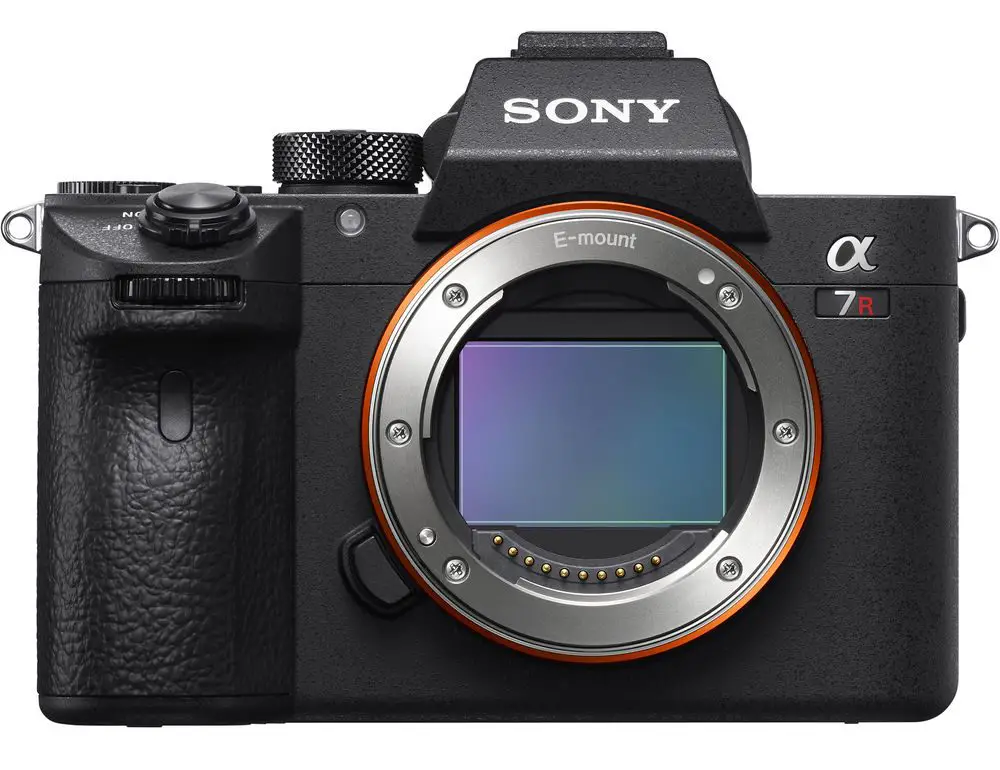Well, we kind of got some big news today! After weeks of speculation, rumors, and he said/she said, Sony officially announced the new A7r III earlier today. The new Sony A7R III camera features the same body as the a7r II and the same massive full-frame 42.2 megapixel CMOS sensor, however adds plenty of new features such as dual SD card slots, a new battery (the one from the Sony a9), new processor and faster AF.
And if the new Sony A7r III is to be a measuring stick for what is about to come (mainly the Sony a7s III, which my guess is will be launched before the end of the year or at least by March 2018), you can bet your bottom dollar, that you’ll see the majority of these improvements in future models in the lineup – mainly the a7s III, which many of us are eagerly expecting, given its predecessors’ more “video oriented” approach.

So, what is new in the new Sony A7r III? Well, quite a lot actually. Sony have implemented a new front-end LSI that effectively doubles the readout speed of the image sensor, as well as an updated BIONZ X processing-engine that boosts processing speed by approximately 1.8x compared to the a7R II predecessor. These powerful components allow the camera to shoot at faster speeds while also enabling its impressive ISO range of 100 to 32,000 (expandable to ISO 50 – 102,400 for still images).
Sony A7r III Product Video:
Equipped with a refined image processing system, the a7R III can shoot 42.4MP images at up to 10 fps with continuous, accurate AF/AE tracking for up to 76 JPEG / RAW images or 28 uncompressed RAW images; 10 fps mode is available with either a mechanical shutter or a completely silent shooting, adding to the immense flexibility of the camera.
The camera can also shoot continuously at up to 8 fps in live view mode with minimal lag in the viewfinder or LCD screen. There is no optical low-pass filter for maximum resolution – something that photographers would love.


The a7r III also gets 399 focal-plane phase-detection AF points that cover approximately 68% of the image area in both the horizontal and vertical directions. There is also 425 contrast AF points, an increase of 400 points compared to the a7R II. This advanced system delivers AF acquisition in about half the time as the a7R II in low-light conditions, with tracking that is approximately 2x more accurate as well.
The big new features in the video department are the addition of HLG (Hybrid Log Gamma), S-log3 gamma, and a new 120fps super slow-motion option in 1080p. The new a7r III shoots in UHD 4K (3840×2160 pixels) at a maximum of 30p across the full width of the full-frame image sensor. In Super 35mm mode, the a7r III uses a full pixel readout without pixel binning oversampling a roughly 5K image it to produce high quality 4K footage with exceptional detail and depth.
The video codec is the same 8bit XAVC-S, and the HDMI output is limited to 8bit 422, so don’t expect a GH5-like earth-shattering 10bit specs, however with its new powerful processing and excellent sensor, the A7r III should be able to produce incredible 4K video.
Sony A7r III 4K HLG Sample video:
Sony A7r III Highlights and Features
- 42.2MP Full-Frame Exmor R BSI CMOS Sensor
- New BIONZ X Image Processor & Front-End LSI
- 399-Point AF System & 10 fps Shooting
- UHD 4K at 30p and 1080/120fps Super Slow-Motion
- Hybrid Log Gamma (HLG) & S-Log3 Gamma
- 3.69m-Dot Tru-Finder OLED EVF
- 3.0″ 1.44m-Dot Tilting Touchscreen LCD
- 5-Axis SteadyShot INSIDE Stabilization
- ISO 102,400 & Pixel Shift Multi Shooting
- Built-In Wi-Fi/Bluetooth
- Dual SD Slots – 1 x USH-II, 1 x UHS-I
- USB 3.1 Gen 1 Type-C Port & PC Sync Port
- Price:
- Availability: November 2017
It is also worth noting that the new a7r III uses the more powerful a9 battery (model – NPF-Z100), which is now required due to the more powerful processing in the new camera. The Sony a7r III is priced at $3,199 USD and expected to ship in November.
Disclaimer: As an Amazon Associate partner and participant in B&H and Adorama Affiliate programmes, we earn a small comission from each purchase made through the affiliate links listed above at no additional cost to you.


Looking good for pictures, but for video,
– Still 8 bits only for video
– Still no 60fps.
– Still a low bitrate of 100 Mbs in 4K (that’s the worst)
– And a double card slot but only one is USH-II so basically, quite like you can only use one for 4K
Can’t wait to see the A7S III and A7R IV now!
Then buy a video cam!
Thanks, I already have a Sony FS7 II, not sure what you are suggesting, but if GH5 can do 60p in 400Mbps, I guess Sony can do too in a
videocamDLSR body, no?I guess we will see this in the A7S3 soon.
It’s like the A9 where they remove all video feature to protect their Video DSLR A7S.
I understand marketing, but, clearly other camera manufacturer went to another direction: Only one body to solve all issues.
I was planning on a A7R3 as it was a great balance, but 100 Mbs in 4K 8 bits is not acceptable, even as B camera.
It’s a picture camera, ok, got it,.. move along
So fresh unique arguments, lol
You have too much time in your hands.
My guess is that 60P 4K on a full-frame camera requires quite a bit more processing than it would on a 4/3 camera. Until Sony can deal with the heat from that in their bodies, I don’t think we are going to see that.
Well, that doesn’t explain all (4,2,0 only, 8 bits or the lack of 2 high speed card)
Sony road map
January 2018 A7SIII with dual High speed card
June 2018 A7RIV with 10 bit 4.2.0 but 25p in 4K
Dec 2018 A7SIV with 10 bit 4.2.2 but 25p only in 4K
July 2019 A7RV with 400 mbps in 4K, 25p 4.2.2
Nov 2019 A7SV with 8bits 4.2.0 but finally 50p in 4K
March 2020 A7RVI with 10 bits 4.2.0 but 50p in 4K
…
Always need room for improvement.
As far as processing goes, its more about “data size” than it is about “sensor size” a 20mp 1inch sensor produces the exact data processing amout as a 20mp full frame sensor. And, a 24mp 1 inch sensor will produce 200% more data than a 12mp full frame sensor. 10bit 4k and 60p is far more an issue about Sony’s marketing will than anything else. (With heat being #2) Sony pro marketing/sales managers will vigorously protest any Alpha being allowed to have 10bit. Its a political fight inside Sony that is the biggest problem.if Sony allows 10bit on the A7s-III then I suspect it will only be over HDMI to keep XDCAM sales managers partially happy.